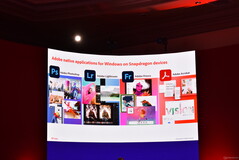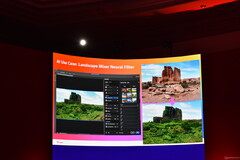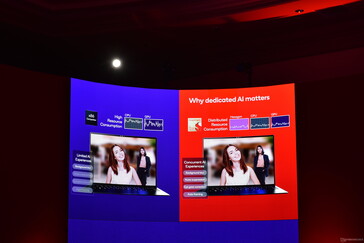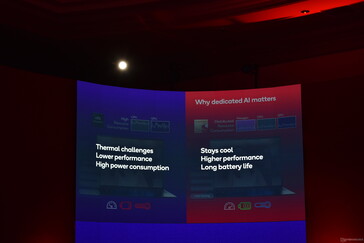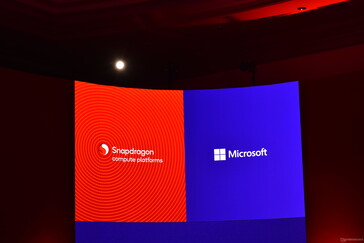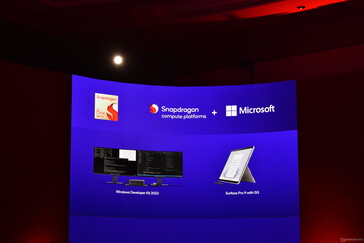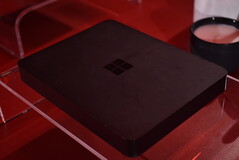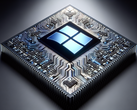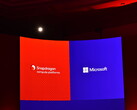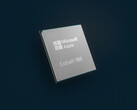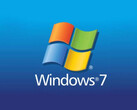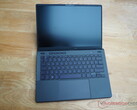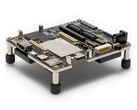It may feel like yesterday sometimes, but 2017 is five years ago now. This means that the Windows on ARM platform or as Qualcomm calls it, Windows on Snapdragon, is already five years old as well.
So far, it has not been a success story. While Apple successfully established their own ARM CPUs in their Mac lineup, the Qualcomm and Microsoft partnership has struggled to put a dent in the Intel / AMD duopoly. Of course, going up against these companies was never going to be easy, but with Windows on ARM (WoA), Microsoft and Qualcomm are also going up against the long legacy of Windows PCs and backwards compatibility.
Getting this to work without emulation was impossible, which Microsoft learned the hard way with the failed Windows RT experiment of the Windows 8 days. Naturally, the ARM version of Windows 10 included emulation, but only for x86 apps, not x64. An oversight which Microsoft has only recently fixed with Windows 11.
Another problem for the platform: The performance was just not there. While early WoA PCs, battery life was great and they could be fanless, but performance was anemic. Getting to a place where this was not the case anymore took Qualcomm a few years, but they have finally done it with the Snapdragon 8xc Gen 3, which we recently reviewed in the Lenovo ThinkPad X13s.
Still, despite the challenges that have been overcome, the market is firmly in the hand of Intel and AMD. At Snapdragon Summit 2022, Qualcomm argued its case for the Snapdragon platform. A big announcement this year: Adobe is collaborating further with Qualcomm to bring more of the Adobe apps to Windows on ARM as native apps. Specifically in this case: Adobe Fresco and Adobe Acrobat.
Another angle to attack the x86 competition is AI: PCs typically do not have a specific chip to handle AI processing, instead relying on GPU and CPU. Not so the Snapdragon 8xc Gen 3, which has a dedicated AI processing unit. Qualcomm say this should massively improve the performance in specific scenarios, like a Zoom call where noise cancellation and background blur is enabled.
Last but not least, Qualcomm can count on the continued support of Microsoft. Aside from working to introduce as many apps as native ARM versions, Microsoft also introduced a new dev-kit with a Snapdragon processor.
And for the future, Qualcomm promises a huge step up in performance, once the products with the new Oryon processor hit the market. If that works out as Qualcomm thinks it will, we can certainly see a better future ahead for this platform.
Disclaimer: Notebookcheck has attained this information as part of our coverage of the Snapdragon Summit in Maui, Hawaii. Qualcomm paid for the hotel and the flight of the author but did not have any sway over the content of this or other articles.
Source(s)
Qualcomm
Own





